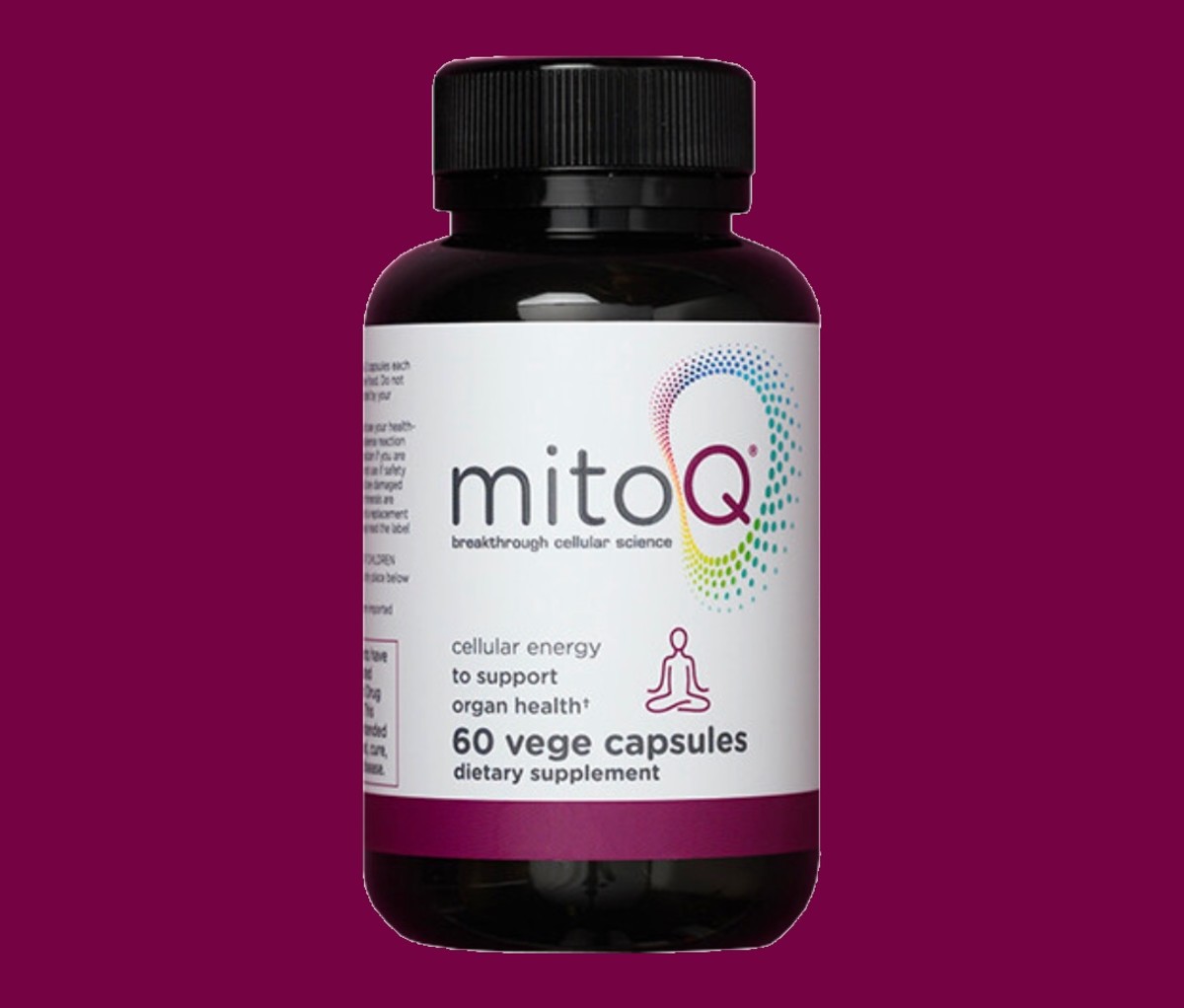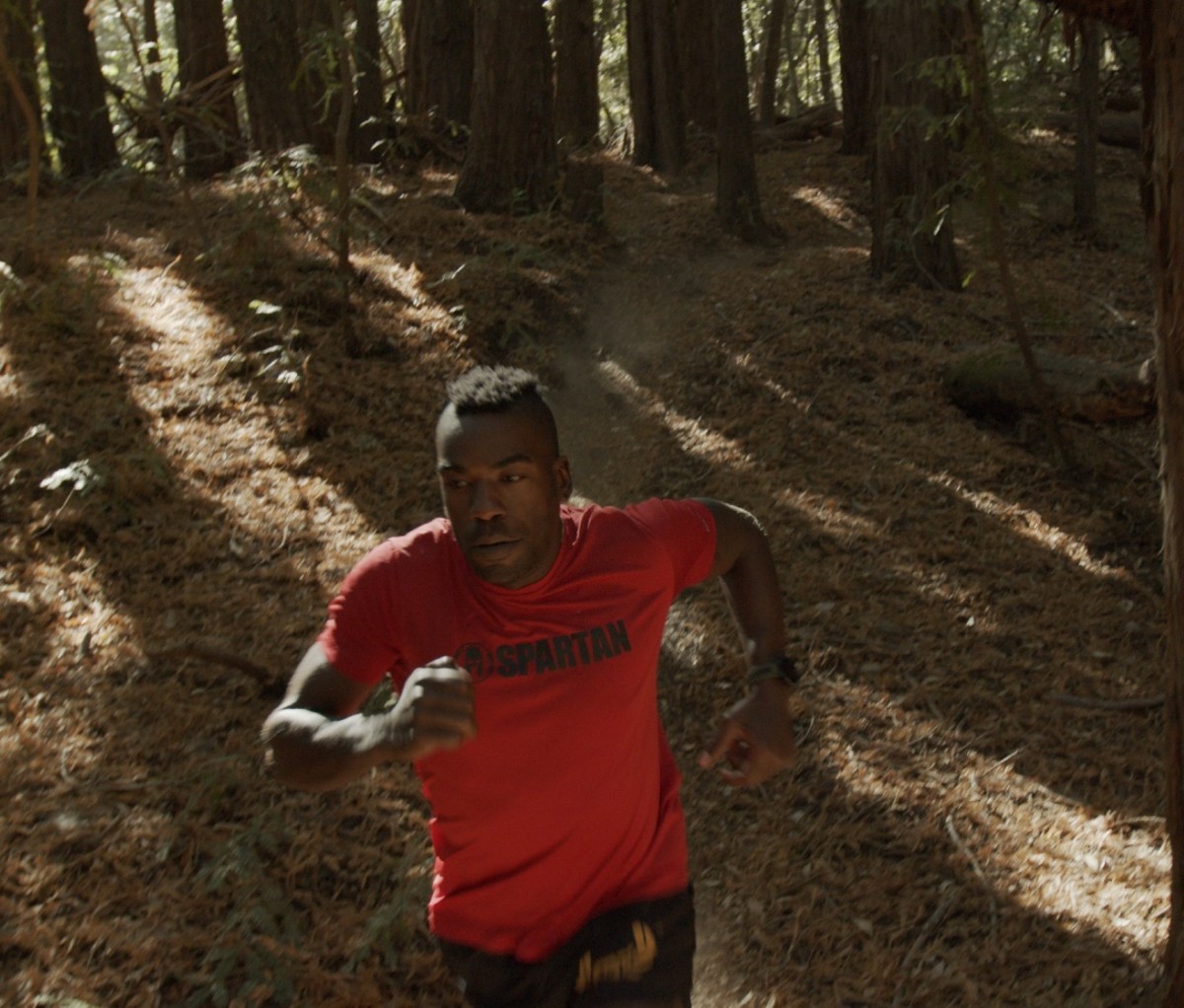This article was produced in partnership with MitoQ.
Triathlons demand an immense amount of time, grit, and dedication, so it may seem odd to hear someone say they’re an “accidental triathlete.” But that’s how Max Fennell’s hero’s journey goes. He turned a blunder into a blessing when, in 2011, two weeks before tryouts began for a semi-professional soccer team, he sprained his MCL. For the everyman, it’s inconvenient at best, but for a serious athlete, it’s career-ending at worst.
Unsure of his next step, Fennell met Brian Sullivan while working in a coffee shop. He encouraged Fennell to participate in a local tri, now the Tri Rock Philadelphia, loaning him his old Elite Bicycles tri bike. Fennell placed 7th in the event and Sullivan became his mentor, grooming him to podium in four of his six races, one of which was an age group win, in his first season.
In 2014, Fennell’s fourth season, he qualified for his pro card and became the first Black professional triathlete. Since then, he’s been working to diversify the biking community and find new ways to improve. We proposed a unique challenge to Fennell by teaming up with MitoQ, a revolutionary supplement company, to see if it could help Fennell break past his own plateaus.

What Is MitoQ, and How Can It Help Athletes Level Up Their Fitness?
MitoQ is an enhanced form of an antioxidant called CoQ10. Researchers knew CoQ10 had the potential to support mitochondria (you might recall from biology, they’re the powerhouses responsible for creating energy within cells), but normal supps weren’t providing significant benefit to people. So MitoQ’s scientists made the CoQ10 molecules smaller to penetrate the mitochondrial wall, and also gave them a positive charge to naturally attract to the negatively charged mitochondria.
As a result, MitoQ supps are up to 1,000 times more effective at getting inside mitochondria where they’re most needed, than regular CoQ10. It’s been vetted, too. There are over 400 published, independent peer-reviewed papers touting the benefits, as well as $60 million of independent research development investments. Curious how it’s applied in the real world? Here’s how.

Max Fennell’s 4-Week MitoQ Challenge: Mastering Old La Honda
Fennell’s journey brings him to Portola Valley in San Mateo County, CA. More specifically, to a climb called Old La Honda.
“Old La Honda is an insane sufferfest—unrelenting uphill the entire time,” Fennell says. “It’s a world-famous 3-mile climb at an 8 percent grade. If you can put up a solid time on this, you’re a legit, strong rider.”
A solid time for Fennell is clocking anything under 20 minutes, with the goal of 19 minutes at the end of his four-week progression taking MitoQ. If he hits that threshold at a relatively good heart rate, he knows his foundational fitness is at a really good point for races come February. A good time is also a great barometer of where he stands among other top athletes.
Pain is guaranteed in a climb of this caliber, but as Fennell puts it, “You can hurt really good, or just hurt really bad.” By supplementing with an antioxidant like MitoQ, Fennell hopes he can experience the former, not the latter.
You can hurt really good, or just hurt really bad.
To prepare, Fennell leaned into cross training: Kettlebell and TRX strength training helped bulletproof his body, working the smaller stabilizing muscles to keep him steady and strong in the saddle. Additional endurance work included running and swimming to improve his cardiovascular capacity in a varied approach.
Cross training, Fennell says, gives you the confidence to accomplish anything. It limits weaknesses, imbalances, and the chance of injury, as well as keeping your mental acuity on point. For an athlete diagnosed with ADHD at a young age, that’s especially prudent. Of course, he also supplemented with MitoQ every day, taking two capsules with water 30 minutes before breakfast.
“What I’ve noticed most after taking MitoQ for a few weeks is significant recovery; my energy stores come back much quicker, so I’m waking up in the morning feeling well-rested and ready to go,” Fennell says.
Get a more intimate look at Fennell’s training, and see how he fared with the narrow switchbacks, ever-changing gradient, and twisting nature of Old La Honda in the video above.
*These statements have not been evaluated by the FDA. This product is not intended to diagnose, treat, cure or prevent any disease.
from Men's Journal https://ift.tt/34mYXlJ


0 comments